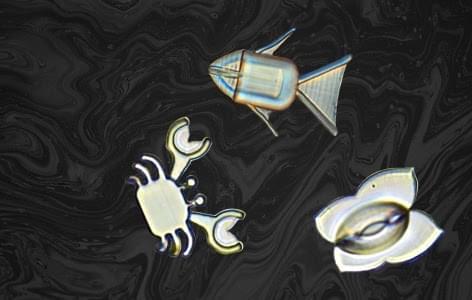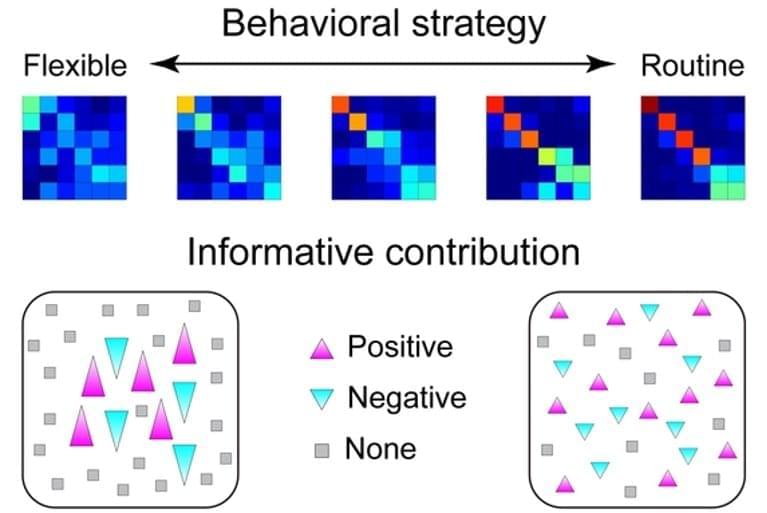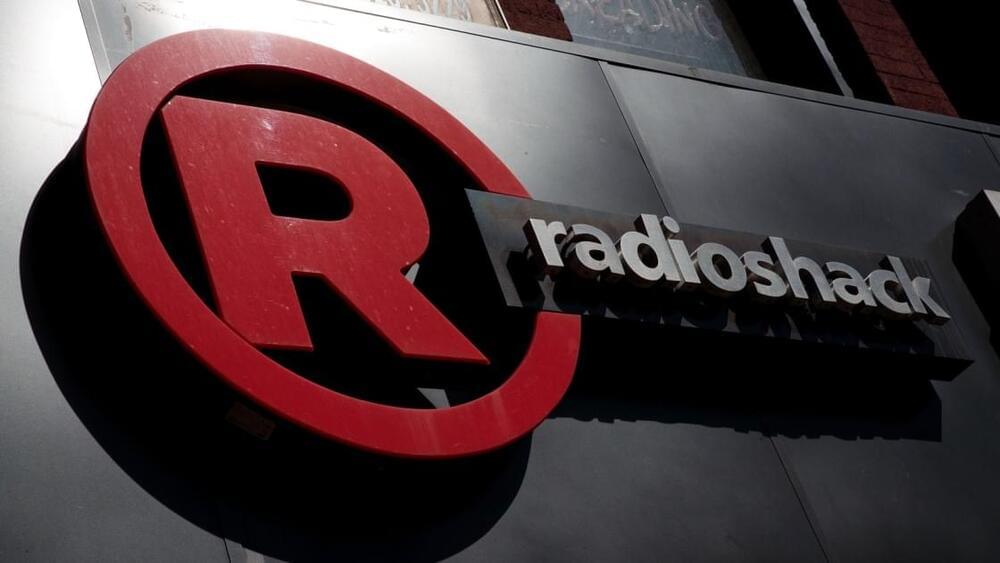The race is on.
The EV industry is getting more competitive.
Huawei has released further details on a new vehicle it claims not only rivals, but even surpasses Tesla’s Model Y, according to an initial report from CNBC.… See more.
The race is on.
The EV industry is getting more competitive.
Huawei has released further details on a new vehicle it claims not only rivals, but even surpasses Tesla’s Model Y, according to an initial report from CNBC.… See more.

4D printing works the same as 3D printing, the only difference is that the printing material allows the object to change shape based on environmental factors.
In this case, the bots’ hydrogel material allows them to morph into different shapes when they encounter a change in pH levels — and cancer cells, as it happens, are usually more acidic than normal cells.
The microrobots were then placed in an iron oxide solution, to give them a magnetic charge.
This combination of shape-shifting and magnetism means the bots could become assassins for cancer — destroying tumors without the usual collateral damage on the rest of the body.
Full Story:
A school of fish-y microbots could one day swim through your veins and deliver medicine to precise locations in your body — and cancer patients may be the first people to benefit from this revolution in nanotechnology.

Summary: Researchers have identified a neural mechanism that supports advanced cognitive functions such as planning and problem-solving. The mechanism distributes information from a single neuron to larger neural populations in the prefrontal cortex.
Source: Mount Sinai Hosptial.
Mount Sinai scientists have discovered a neural mechanism that is believed to support advanced cognitive abilities such as planning and problem-solving. It does so by distributing information from single neurons to larger populations of neurons in the prefrontal cortex, the area of the brain that temporarily stores and manipulates information.
MCST’s Elbrus-8C fails to win the approval of Russia’s biggest bank.
Russia’s Sber finds the domestic Elbrus-8C CPU platform to be unacceptable for modern banking workloads.

Scientists have succeeded in cultivating an archaeon that converts oil into methane. They describe how the microbe achieves the transformation and that it prefers to eat rather bulky chunks of food.
Microorganisms can convert oil into natural gas, i.e. methane. Until recently, it was thought that this conversion was only possible through the cooperation of different organisms. In 2019, Rafael Laso-Pérez and Gunter Wegener from the Max Planck Institute for Marine Microbiology suggested that a special archaeon can do this all by itself, as indicated by their genome analyses. Now, in collaboration with a team from China, the researchers have succeeded in cultivating this “miracle microbe” in the laboratory. This enabled them to describe exactly how the microbe achieves the transformation. They also discovered that it prefers to eat rather bulky chunks of food.
Direct comparison of the new unreal engine released The Matrix Awakens CGI demo. This is the point in time where Real and CGI can be interchanged with each other. We are so close!!
.
If you like this, please subscribe and stay tuned for more. Love you all ❤
.
Thanks for watching.
.
Follow me quick links
Instagram — http://www.instagram.com/aneeeeeeeeeeeees/
Facebook-https://www.facebook.com/an88sh/
Twitter — https://twitter.com/anisahmed78625?s=09
Linked In — https://www.linkedin.com/in/anis-ahmed-862684214
Artstation — http://aneeeeeeeeeeeees.artstation.com.

Testy ties with U.S. and Australia could be prodding China to boost food reserves.
DALIAN, China/TOKYO — Less than 20% of the world’s population has managed to stockpile more than half of the globe’s maize and other grains, leading to steep price increases across the planet and dropping more countries into famine.

Created as an analogy for Quantum Electrodynamics (QED) — which describes the interactions due to the electromagnetic force carried by photons — Quantum Chromodynamics (QCD) is the theory of physics that explains the interactions mediated by the strong force — one of the four fundamental forces of nature.
A new collection of papers published in The European Physical Journal Special Topics and edited by Diogo Boito, Instituto de Fisica de Sao Carlos, Universidade de Sao Paulo, Brazil, and Irinel Caprini, Horia Hulubei National Institute for Physics and Nuclear Engineering, Bucharest, Romania, brings together recent developments in the investigation of QCD.
The editors explain in a special introduction to the collection that due to a much stronger coupling in the strong force — carried by gluons between quarks, forming the fundamental building blocks of matter — described by QCD, than the electromagnetic force, the divergence of perturbation expansions in the mathematical descriptions of a system can have important physical consequences. The editors point out that this has become increasingly relevant with recent high-precision calculations in QCD, due to advances in the so-called higher-order loop computations.
Researchers at Stevens Institute of Technology show that strain on ventricular walls explains where lesions develop in the aging brain.
As our brains age, small lesions begin to pop up in the bundles of white matter that carry messages between our neurons. The lesions can damage this white matter and lead to cognitive deficits. Now, researchers at Stevens Institute of Technology and colleagues not only provide an explanation for the location of these lesions but also how they develop in the first place.
The work, led by Johannes Weickenmeier, an assistant professor of mechanical engineering at Stevens, highlights the importance of viewing the brain as more than neural circuitry that underpins how thoughts are formed, and memories created. It’s also a physical object that’s prone to glitches and mechanical failures. “The brain is susceptible to wear and tear in vulnerable areas,” Weickenmeier said. “Especially in an aging brain, we need to look at its biomechanical properties to better understand how things can start to go wrong.”
